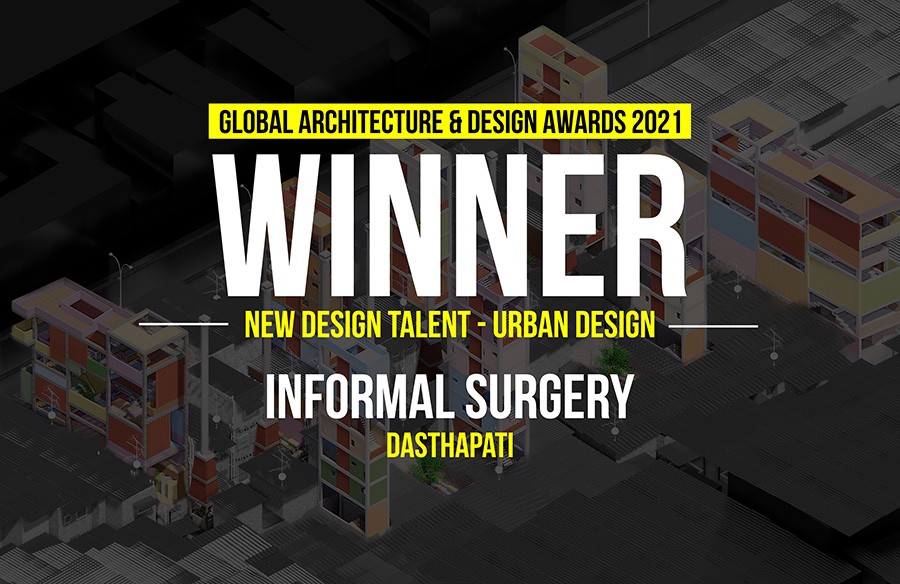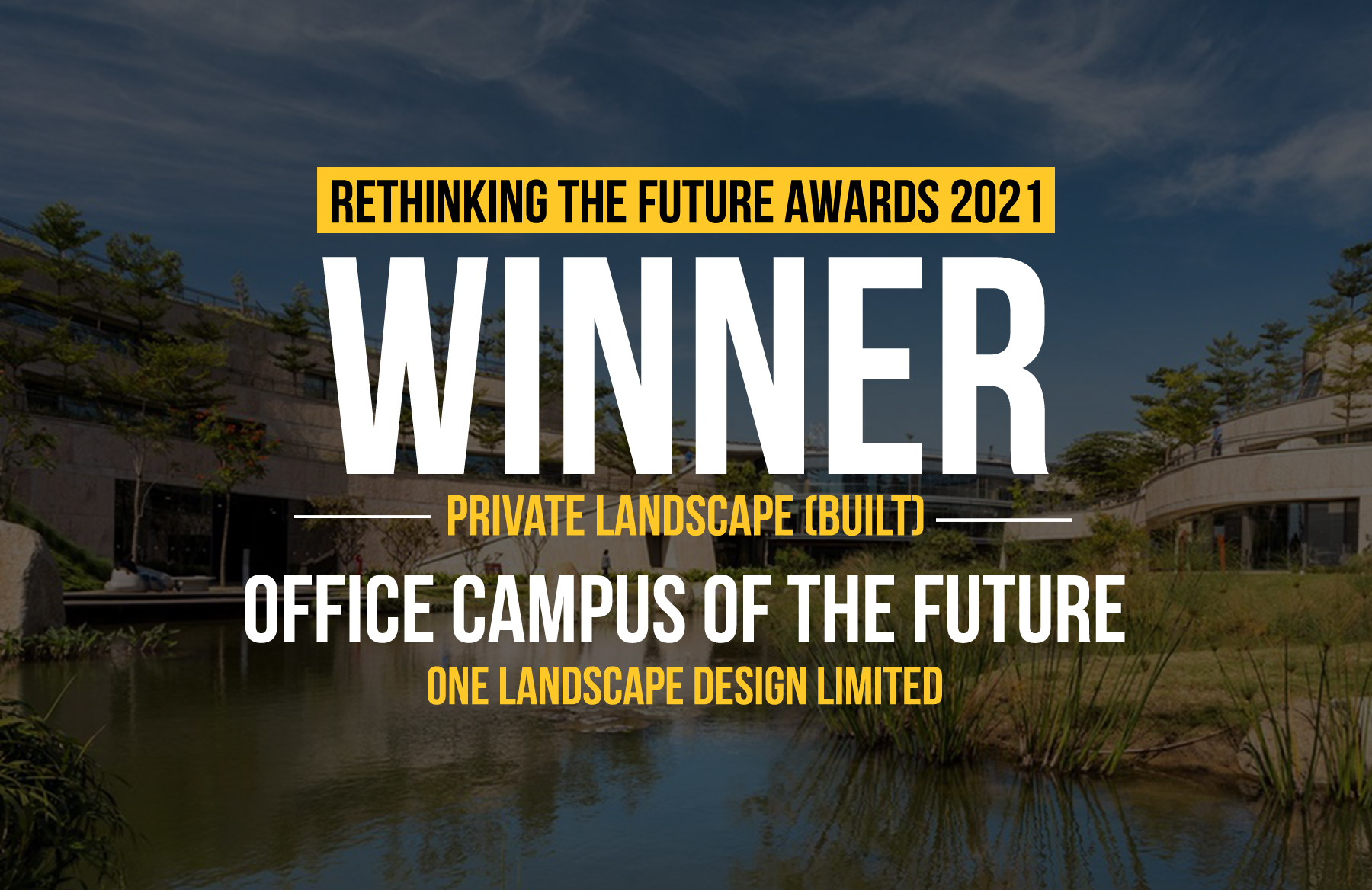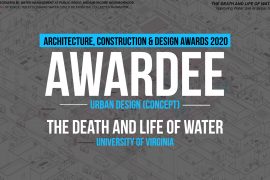The river has always been a strategic place for the Indian culture. Due to the overpopulation and scarcity of resources, rivers become ideal places for informal settlements or slums thanks to the easy accessibility to water as source of irrigation, drinking water for animals, laundry…etc.
Participant Name: Ana Rosa Maroto Gomez
University: University of Architecture at Madrid
Country: France

However, during the monsoon season, heavy floods in the river level raze this kind of settlements. To solve this problem, the city of Ahmedabad has built a concrete wall along 10.5 km on both sides of the river to control this flow, but far from reconnecting the city with the river, this wall becomes a physical barrier that breaks any social and economical activity linked before with the river.

The proposal tries to suture the gap with an opened system, as if it was a needle (wood bars) and a thread (steel cables), using traditional materials with a modern sense. The exisiting wall, which initially was a gap between the city and the river, becomes a support for new happenings.

In this way, I generate a textile matt which transmits the weight through its fibers. It allows new relations with the existing thanks to the internal program (dwellings, markets, urban gardens … etc). Besides, recycling simple everyday objects such as a bicycle wheel can become a waterwheel that allows the irrigation of new urban gardens. It means that the water of the river is used by this kind of structures to introduce the river into the public life. This technology is designed with environmental, ethical, cultural, social and economic aspects of the community they serve, recycling elements of everyday life. In view of these considerations, it demands fewer sources, it is easier to maintain and it will have less social impact (because users are able to recognize everyday elements). In the same way, it allows a new esthetical dialogue with the city facade thanks to the reinterpretation of traditional elements such as wood. It generates a place with fuzzy boundaries, smooth transitions, all the activities flow with the rest of the space that sorrounds them.

In short, in a period of crisis, we must consider carefully about how to reinvent the way that we think. What I have learnt from my experience in India is that everything in real life is constanly changing, and all around us must be able to grow, to change, to be adapted to new situations without forgetting our past. The question is how to build bridges between the past and the present, how to sew up traditional elements with the modern ones to reinterpretate our traditional ways of construction. We need to understand that everything around us is in a constant motion, we cannot design final places because our buildings are included as a part of a larger system where nothing is fixed, everything is constantly changing.
In
Urban Design
Urban Planning Strategy for Sabarmati River Wall, Ahmedabad India | Ana Rosa Maroto Gomez
3 Mins Read
Prev Post
Transitional Minescape | Amanda Ton
2 Mins Read





